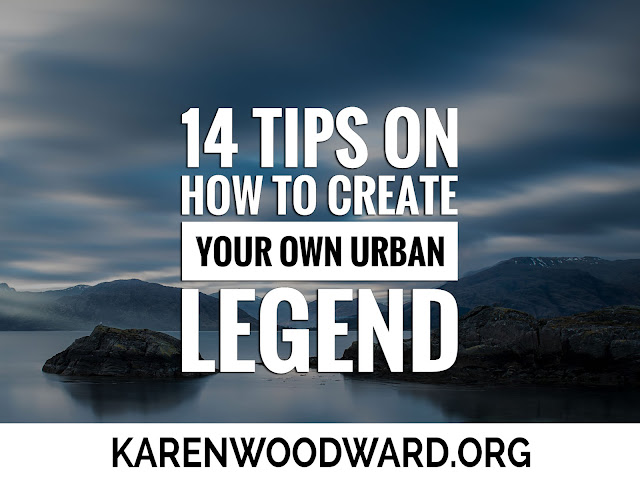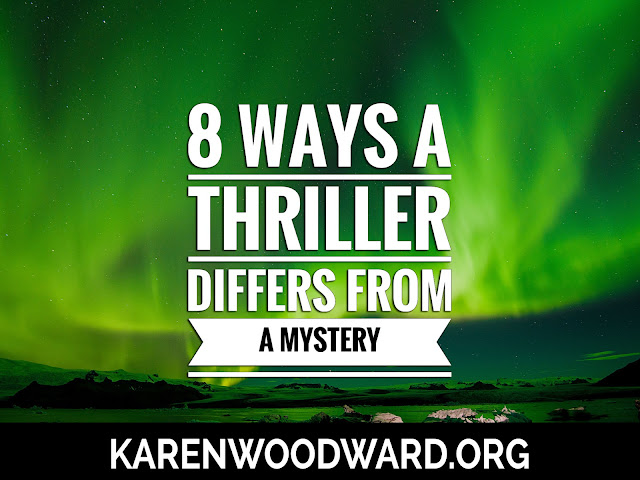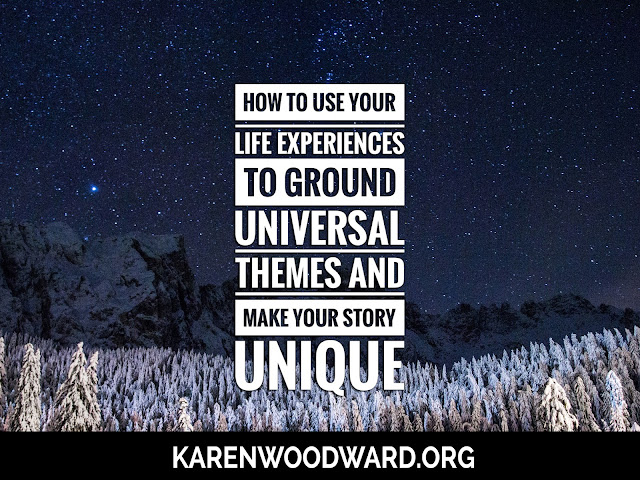We’ve all heard the saying, popular at graduations, “If you love what you do, you’ll always do what you love.”
But what if you’re not sure what you love? How does one discover passion? Or perhaps you have the opposite problem, you love many things. How can you pick just one?
Discovering What You Love
Ask yourself, if you weren’t reading this, what would you be doing? Or, more to the point, what would you want to do? If—like me right now!—you’re dreaming of sitting in your favorite coffee shop contentedly sipping your favorite beverage, that’s okay!
Often when we’re chronically busy, every moment of our lives filled not only with things to do but with the awareness of all the things we haven’t yet done but urgently need to, sometimes when this happens all we can think of, dream of, is a moment of quiet, of silence, of relaxing into nothing, into a lull, into a glorious absence of activity. You could think of this as something like meditation.
So take a moment, sate yourself. Enter the calm. Breathe.
Now what? If you’re anything like me you can’t take more than 10 minutes of this! What are you thinking about now? What are you doing?
Are you doodling? Are you thinking about a vacation, perhaps somewhere hot? Are you thinking about family? Children? A pet? Gardening?
Now that a few thoughts are percolating ask yourself: What would I like to be doing in 5 years? 10 years? What would make me happy?
Look back. Picture yourself 5 years ago. Perhaps on your birthday. Did you go out with friends or did you celebrate with a quiet day at home? Fix that moment in your mind. Now ask yourself: Is whatever it is you’re currently up to what you wanted to be doing?
If, five years ago, you knew what lay in store for you, how would your younger self have reacted? Would she have been happy? Scared? Depressed? Thrilled? If she knew what the future held in store for her, what changes would she, would you, make?
I Know What I Love, but So What? Only a Lucky Few Can Do What They Love and I Don't Have That Kind of Luck!
But perhaps you’re ahead of the game and know perfectly well what you love, you just don’t know if you can make money—or enough money—at it.
Chuck Wendig in his wonderful article “Write What You Love, Or Write What Sells?”[1] suggests we find out what we love and do that but reminds us that if you love something—if you’re passionate about it—then one thing is guaranteed: You’re not the only one.
The real question is: How can you connect with these wonderful people who have the same passions as you? Also, how many of them can you connect with? The answers to these two questions can give you some idea whether writing what you love can be your full time job or whether you should keep working at it on the side.
That said, As Chuck Wendig reminds us, all things being equal, we have a better chance of succeeding at doing what we love than do folks who aren’t as passionate. He writes:
“When you write the thing that truly speaks to you ... you’re likelier to plant a more fertile garden, narratively-speaking. Write what you want, and you’ve a greater chance, I suspect, of putting passion and power into the characters and into the story. If you like what you’re writing, and you’re affected by it, you stand a greater chance to affect the audience in the same way. Surprise yourself. Make yourself feel something. Tell the story you want to tell.” [1]
Here’s a question: Right now you’re doing something that pays the rent. Why do you do this? Is it purely for the money? I’m guessing not. Every single job I’ve had ... sure I’ve taken it for the obvious reason—I received money in exchange for work—but there was always something I liked about it, something that fulfilled me, something that made me feel good about the work.
So, sure, whatever you’re doing you’re doing for the money, but what is the one thing (or two things, or three things, or ...) you like about it?
You Don’t Always Know What You Love
In an interview for the blog “This is Horror” Chuck Wendig said:
“[W]riting horror began for me as a way of cheating and defeating fear. As a little kid I was terrified of horror movies like _The Exorcist[link] and _Nightmare on Elm Street[link], and yet I was compelled and fascinated by them. So, learning to embrace that kind of storytelling was a way of getting power over fear. After a while, though, I just found it really cool.” [3]
From Chuck Wendig’s comment, above, it looks like he didn’t always know he loved to write horror.
In order to know what we love we must try new things. This can be tough, going out of your way to do something requires effort and it might cost money. You also know that in the end you might be disappointed!
In fact, if finding a new thing to love is anything like finding a new favorite dish then you can expect that for every five new experiences you’ll only really like one.
Like anything worthwhile, discovering new things that fulfill you takes work. It requires honesty and (at times) more than a little bravery. That sounds counter-intuitive, I know! It seems as if we should know instinctively what we love—and sometimes we do!—but that isn’t always the case. Discovering new things to love can be hard work.
You might wonder, “Well, if discovering new things to love is such hard work, why bother?” That’s a good question, one I think everyone has to answer for themselves. Here’s my answer: Discovering what I love teaches me about myself. Sure, it’s not easy but, in the end, it’s what keeps me keeping on.
Every post I pick something I love and recommend it. This serves two purposes. I want to share what I’ve loved with you, and, if you click the link and buy anything over at Amazon within the next 24 hours, Amazon puts a few cents in my tip jar at no cost to you. So, if you click the link, thank you! If not, that’s okay too. I’m thrilled and honored you’ve visited my blog and read my post.
I’ve been on a diet and so, of course, the only thing I can think about is food! Especially cupcakes. So! I’m recommending American Girl Baking: Recipes for Cookies, Cupcakes & More from Williams-Sonoma.
That's it! Have a fantastic weekend. I'll talk to you again on Monday. Till then, good writing!
* * *
Notes:
1. Write What You Love, or Write What Sells?, Chuck Wendig
2. Why You Should Write What You Love, Chuck Wendig
3. This quotation is taken from an interview Chuck Wendig did for a blog called, “This is Horror.”













